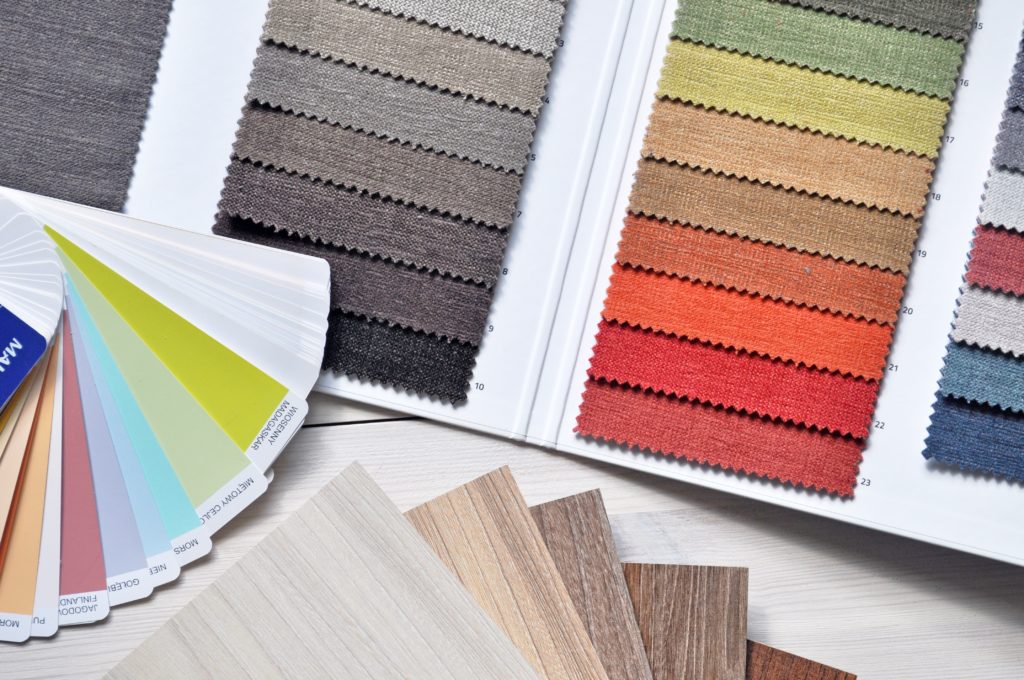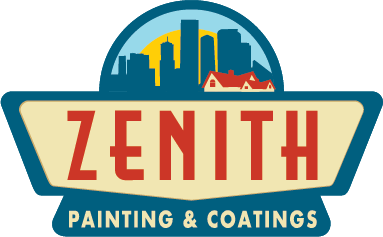
After flipping through hundreds of paint swatches, envisioning your project in dozens of colors and agonizing over just the right hue, your work has just begun. Having a color selected is just the beginning. Now you have to decide what type of paint you want to use.
There are many different types of paint. As you would imagine, many of them are designed for different applications. Some paints are made for outdoor applications, others for indoor. Some paint is mold and mildew resistant, some is water-based, etc. The list is long, but worthy of perusing. It is important to select the right paint for your job.
The following is a succinct guide to the many types of paint on the market today:
- Low/No VOC. Volatile Organic Compounds (VOCs) occur naturally and artificially. When it comes to paints, VOCs are most easily identifiable as the strong “paint smell” that is emitted from freshly painted walls. VOCs do not post an acute or immediate threat to your health, but they can have longterm negative health effects that researchers are still learning about.
- Water-based. Water-based paints have become some of the most popular and versatile options in the painting industry. Their advantages are many: water-based paints are easy to clean-up, requiring just some soap, water and a little elbow grease; paint brushes come clean in just a few minutes when run under a tap; water-based paints also emit very few fumes (especially compared to enamel paints); they also dry fast and are usually cheaper.
- Oil-based. These high quality paints are popular for their robustness and beautiful finishing. Often selected for high-profile jobs and used by professionals for superior results, oil-based paints do have some drawbacks. They require mineral spirits for clean-up and are more expensive. DIY painters should opt for water-based paints like latex for interior home painting projects.
- Ceramic. This thick, opaque, solvent-based paint is made for use on non-porous surfaces like crockery, metal and glass.
- Latex. Latex paint is a type of water-based paint that uses latex as a binding agent. It covers other latex paints and oil-based paints well and can be applied directly to drywall. This paint is not your best option for covering high-gloss paint or wallpaper. Avoid this paint on steel or raw wood, as its water content can damage or alter those surfaces. Latex paint also gives off little odor, dries very quickly and is a non-flammable coating.
Selecting a finish.
- Flat or matt. Flat paint gives off a finish smooth and without glare. This popular finish is good for hiding small surface irregularities and is easy to apply. It is best suited for ceilings and walls that aren’t often touched.
- Satin or Low-Sheen. Low-sheen (satin finish) paint combines the soft finish of flat paint with the washability of semi-gloss. It is ideal for walls in high-traffic areas that need to be wiped clean regularly
- High-Gloss and Semi-Gloss. These durable paints make excellent coatings for high-use areas that require regular cleaning. Their hard, robust finish makes them stain-resistant, easy to wipe down and tolerant of regular washing. They tend to show imperfections more, however,
Zenith’s professional painting team is always available to answer your questions at 800-381-4601 and we can get you started with a free estimate!
[/column]


